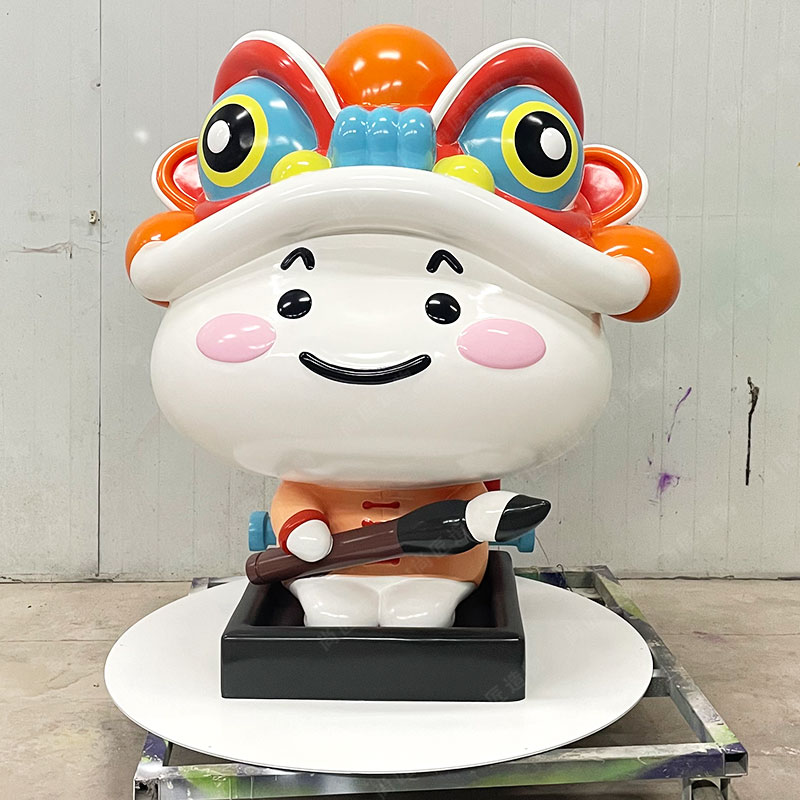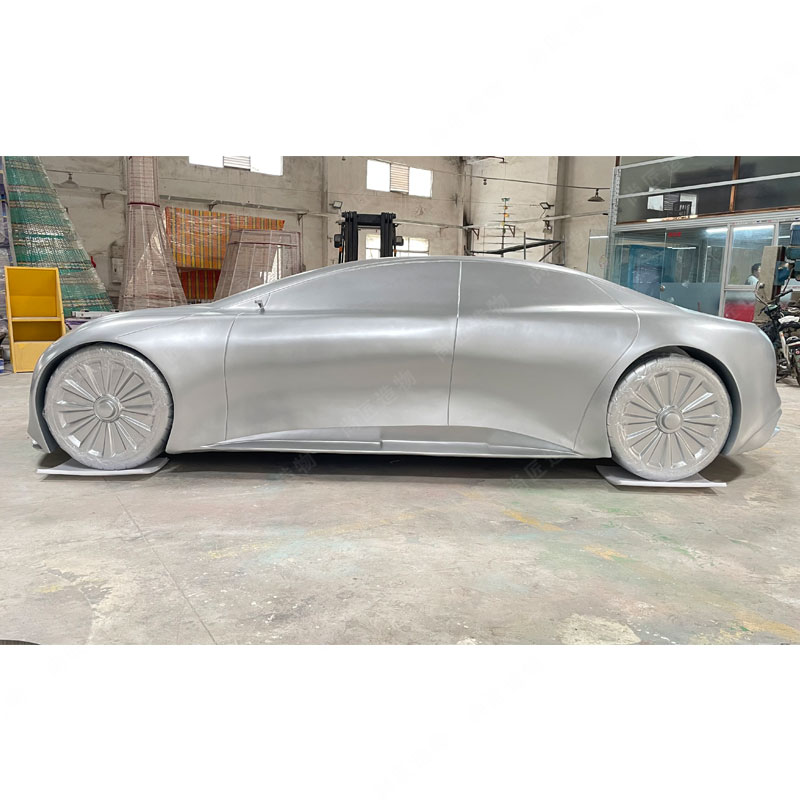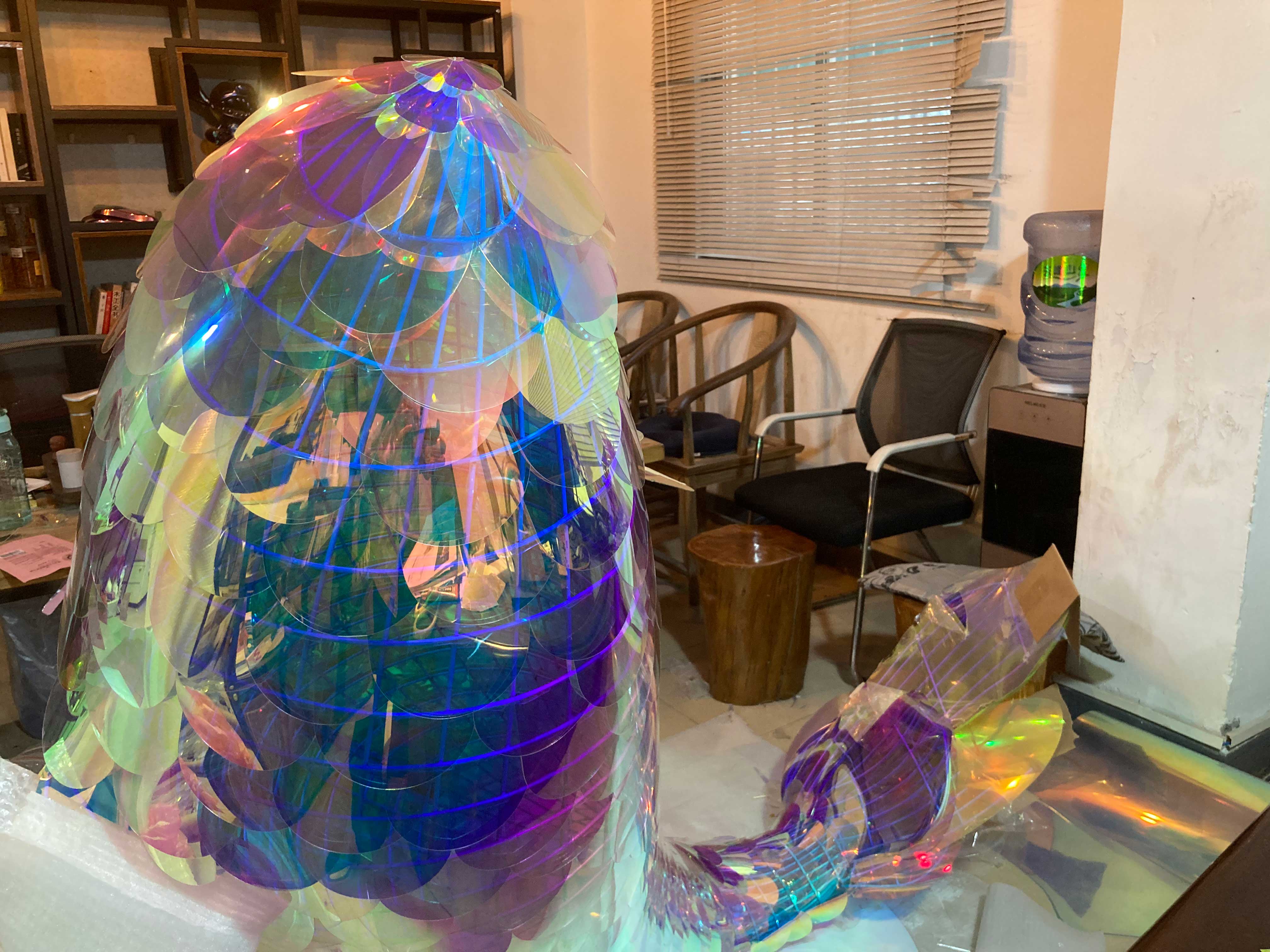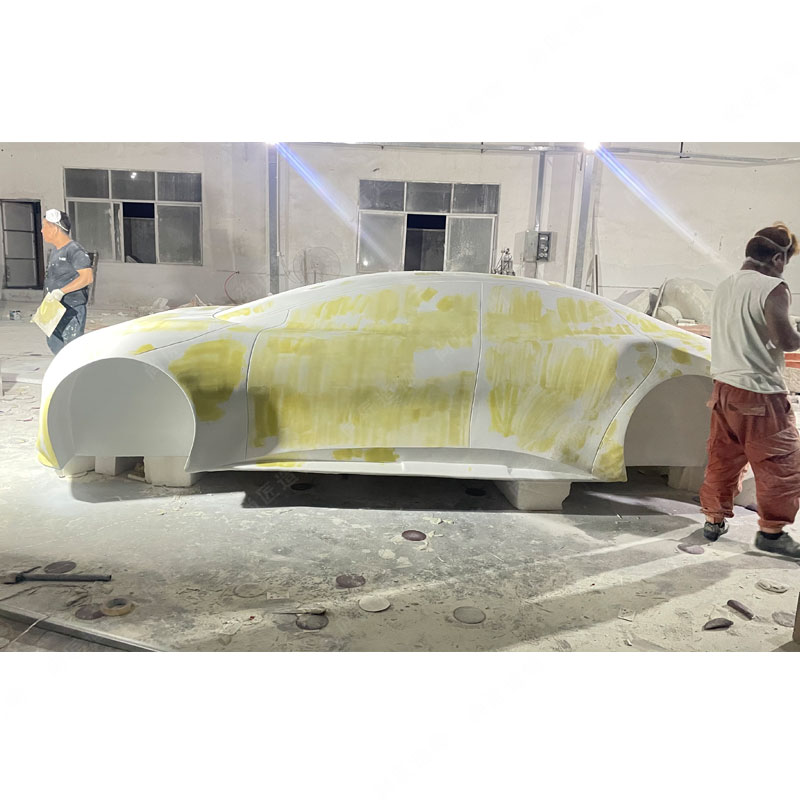Polished steel sculptures not only exemplify artistic creativity but also showcase the unique qualities of the material. One cannot overlook the captivating reflective surfaces that invite interaction and alter the visual during different times of day. This material's durability ensures that structures remain intact in various environments, whether displayed indoors or outdoors. Moreover, polished steel's versatility allows artists to produce a wide range of styles and forms, from sleek modern designs to more intricate organic shapes. The choice of polished steel reflects a commitment to both aesthetic appeal and practical longevity, making it an enduring favorite among contemporary sculptors. Each piece constructed from this material tells a story, merging creativity with structural integrity, heightening its impact in both private collections and public spaces.
Understanding the Craftsmanship of Polished Steel Sculptures
The craftsmanship of polished steel sculptures is a meticulous process that combines precision, skill, and creativity. Artists start by selecting high-quality steel to ensure durability and a brilliant shine. Once the material is chosen, they shape it using various techniques, including welding and casting. This shaping process requires a keen eye for form and balance, as even minor adjustments can significantly influence the final look.
Polishing is a critical step that enhances the metal's reflective qualities. This involves grinding and buffing to achieve a smooth surface that captures light beautifully. Many artists apply protective coatings to maintain this finish over time, preventing oxidation and ensuring longevity. Throughout this artistic journey, craftsmen often draw inspiration from nature or modern design trends, allowing each piece to tell a unique story through its structure and surface.
For those interested in the details of creating truly realistic pieces in three dimensions, exploring Realistic sculpturecan provide deeper insights into techniques and methodologies relevant to polished steel art forms.
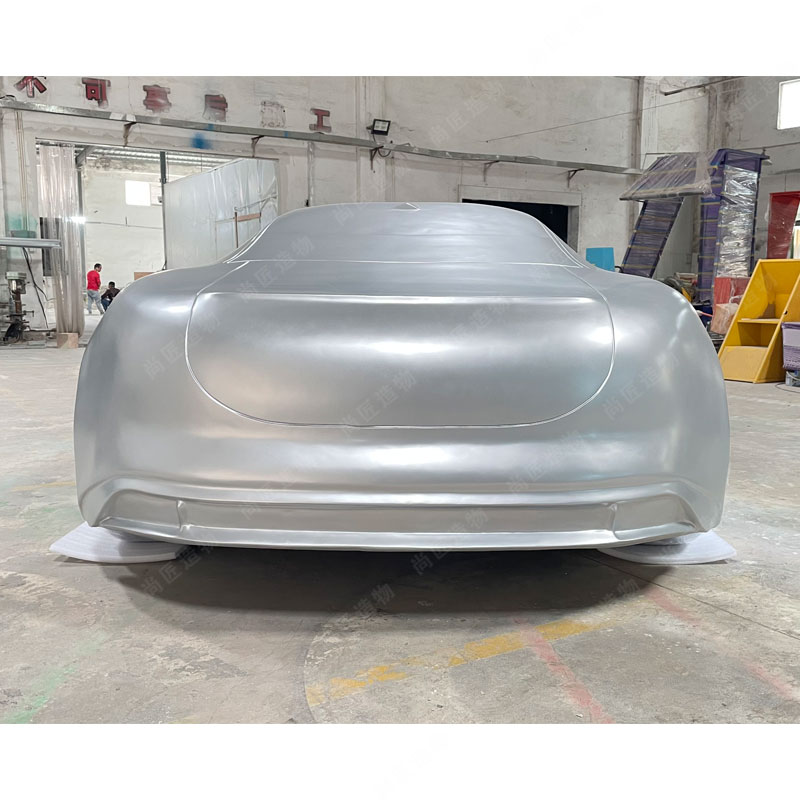
Key Features of Modern Metal Art in Polished Steel
Modern metal art sculptures crafted from polished steel showcase several defining characteristics that contribute to their allure. One primary feature is the reflective surface, which allows these sculptures to interact dynamically with their surroundings. The play of light creates vivid reflections that change throughout the day, enhancing the viewer's experience.
Additionally, polished steel offers exceptional durability, making it an ideal medium for outdoor installations. Sculptors often take advantage of this resilience to create stunningly intricate designs that stand the test of time. As artist David Smith noted, "Sculpture is a process of transformation; polished steel reflects this change brilliantly."
Another key aspect is the versatility of polished steel in terms of form and style. Artists can mold and shape this material into complex configurations, ranging from abstract forms to realistic depictions. This flexibility allows for creative expression that resonates with contemporary aesthetics. For those interested in exploring further possibilities within this medium, consider looking into Stainless steel sculpturefor additional insights into techniques and applications in metal art.

The Role of Polished Steel in Contemporary Sculpture Design
Polished steel plays a significant role in contemporary sculpture design, combining both functional and aesthetic qualities. Its reflective surface captures light differently throughout the day, adding depth and dynamism to the artwork. The smooth texture allows for intricate designs, enabling artists to create forms that are both sleek and striking. Additionally, polished steel is durable, making it suitable for outdoor exhibits that face various weather conditions. Artists often choose this material for its versatility, as it can be shaped into numerous designs while maintaining structural integrity. The contemporary appeal of polished steel also lies in its ability to blend seamlessly with other materials, enhancing the overall visual experience of modern sculptures. This synergy between form and function captures the essence of contemporary art. For example, works like Cartoon sculptureshowcase how polished steel can be animated into playful yet sophisticated designs that resonate with viewers.
Artistic Innovation: Exploring Polished Steel Statues
Polished steel statues represent a significant evolution in the world of modern metal art. Artists today are pushing boundaries by blending traditional techniques with new technologies. The reflective surface of polished steel not only captures light beautifully but also interacts with its surroundings, giving each sculpture a dynamic quality. This innovative use of material allows for the creation of artworks that seem to change with the viewer's perspective, enhancing the overall experience. Moreover, artists are now incorporating elements like movement and sound into their pieces, blending different forms of art — one notable example being Kinetic sculpture. By merging these concepts, polished steel statues transcend static representation and invite engagement and interaction, making them a focal point in both private collections and public installations.
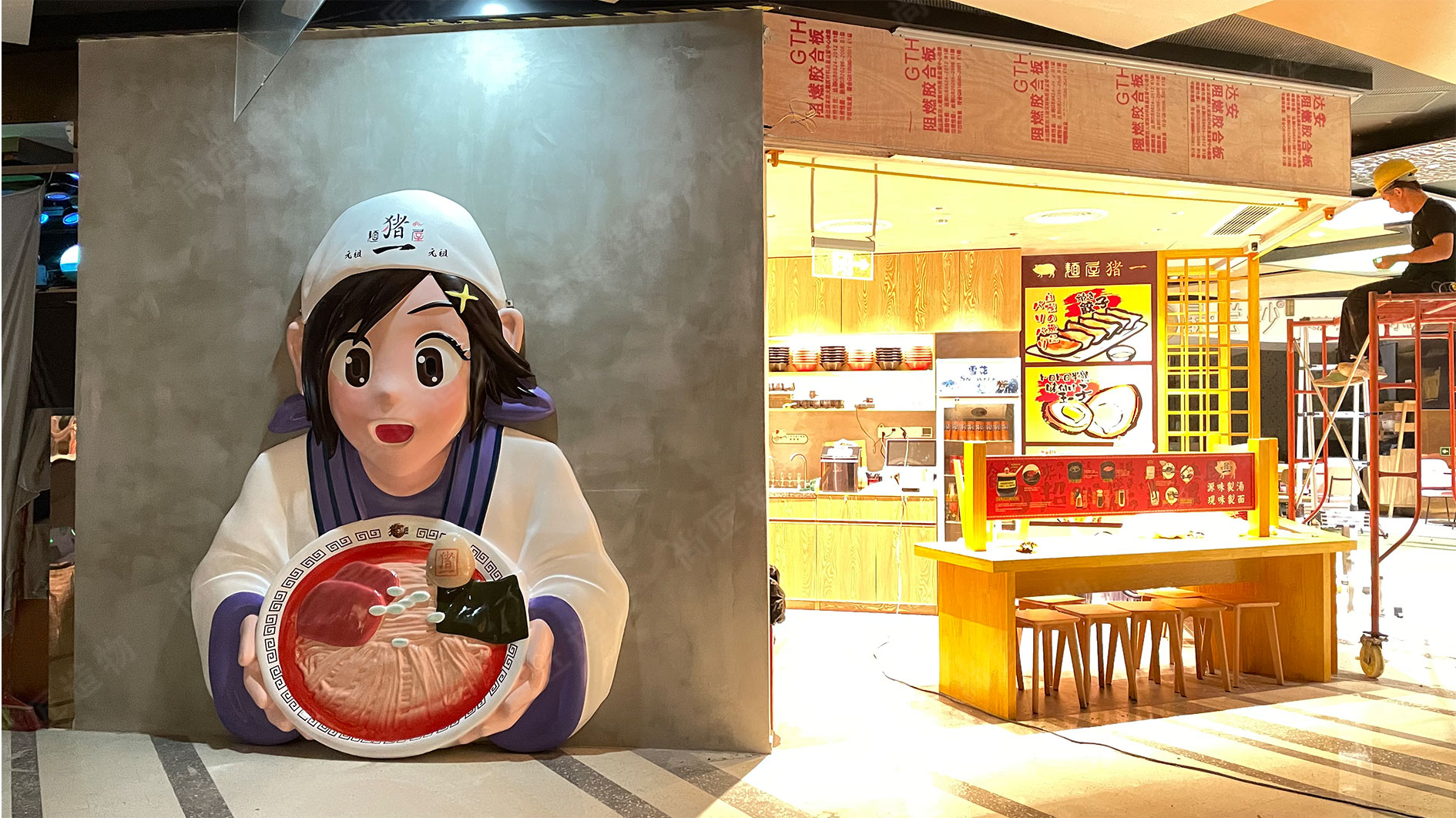
From Concept to Creation: The Journey of Metal Art Sculptures
Creating metal art sculptures begins with a vision. Artists often sketch their ideas, considering how forms and shapes can come together in polished steel. The process involves selecting high-quality steel, known for its durability and reflective qualities. After the initial design, artists move to crafting the sculpture, using specialized tools to cut and shape the metal precisely. Welding techniques are vital for joining various components, allowing the piece to evolve closer to its final form. Each stage of development is marked by attention to detail and artistic expression. The final step involves polishing the steel, enhancing its shine and texture, which brings the sculpture's character to life. This journey from concept to finished art piece is an intricate blend of creativity and craftsmanship. For those interested in exploring different materials, Fiberglass sculptureoffers an alternative option that contrasts beautifully with polished steel in modern art design.
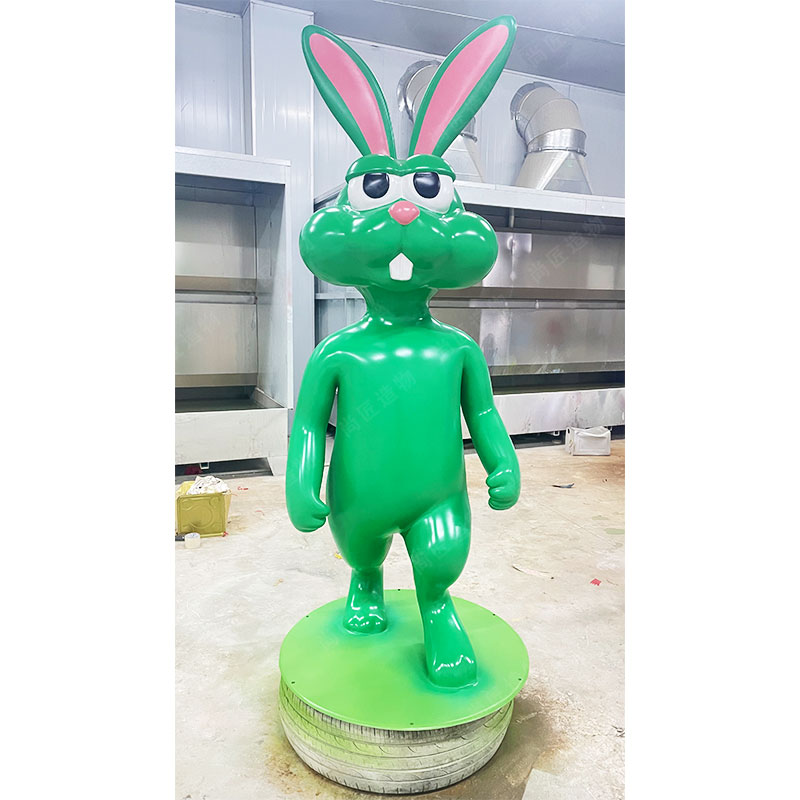
The Aesthetic Appeal of Polished Steel in Modern Art
Polished steel has a unique ability to attract attention and evoke emotion in modern art. Its reflective surface captures light, creating dynamic visual effects that change with the environment and viewer's perspective. This interplay of light not only enhances the aesthetic appeal but also adds depth to the sculptures, making them appear alive and ever-changing. Artists often choose polished steel for its sleek and contemporary look, allowing their works to blend seamlessly with both indoor and outdoor settings.
Moreover, the smooth finish of polished steel contributes to a sense of elegance and sophistication, making it a favored material for many contemporary artists. The material's inherent strength means that intricate designs can be realized without compromising durability. Consequently, polished steel sculptures serve as both striking focal points and integral parts of architectural spaces. Through these characteristics, polished steel stands out as a transformative medium in modern art that links artistry with innovation. For further exploration into character-driven designs in sculpture, feel free to explore this IP character sculpture.
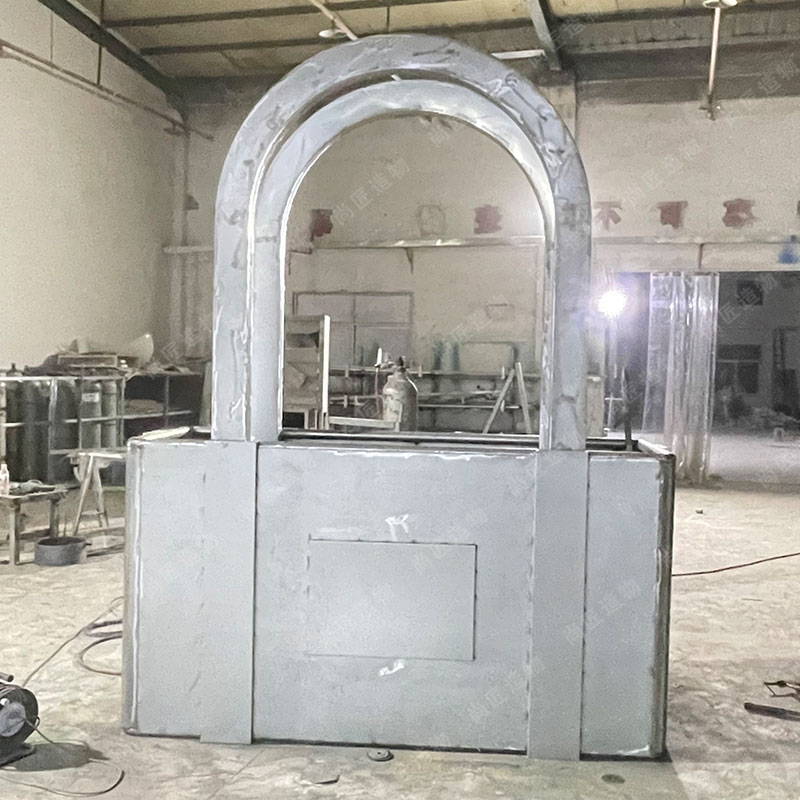
Comparing Materials: Why Choose Polished Steel for Sculptures
Polished steel is often chosen for sculptures due to its unique blend of aesthetic appeal and durability. Unlike other materials, polished steel offers a striking reflective surface that enhances the visual impact of the artwork. This reflective quality allows sculptures to interact dynamically with light, creating captivating visual experiences that change with the viewer's perspective. Additionally, polished steel is resistant to corrosion and weathering, which makes it ideal for both indoor and outdoor displays. Artists appreciate its strength and flexibility during the creation process; it can be shaped into intricate designs while maintaining structural integrity. By selecting polished steel, sculptors can bring modernity to their work while ensuring longevity and maintaining an elegant finish that stands out in various settings.
Conclusion
Polished steel sculptures embody a fusion of artistry and craftsmanship. Their reflective surfaces not only captivate the eye but also allow artists to explore themes of interaction between light, environment, and the viewer. Each piece communicates a story through its unique form, revealing the artist's vision and creativity. The resilience of polished steel makes it an ideal choice for contemporary art, as it withstands time while maintaining its beauty. As artists continue to innovate and experiment with this medium, polished steel remains a prominent feature in modern metal art, challenging perceptions and inviting deeper engagement from audiences. Through this evolving journey, polished steel sculptures will undoubtedly pave the way for future artistic expressions in the art world.
FAQs
What is polished steel?
Polished steel is a high-quality metal known for its reflective surface that enhances the visual appeal of sculptures.
Why do artists choose polished steel for their sculptures?
Artists appreciate polished steel for its durability and aesthetic qualities, as it can withstand various weather conditions while providing a sleek, modern look.
How does light interact with polished steel sculptures?
Light plays dynamically with polished steel, creating captivating reflections that change based on the viewer's perspective and the surrounding environment.
What techniques are used in creating polished steel sculptures?
Common techniques include welding, casting, and precision shaping to achieve intricate designs before the final polishing step enhances the surface.
How can one maintain polished steel sculptures?
Regular cleaning and protective coatings can help maintain the shine of polished steel and prevent oxidation over time.
 ch
ch English
English

